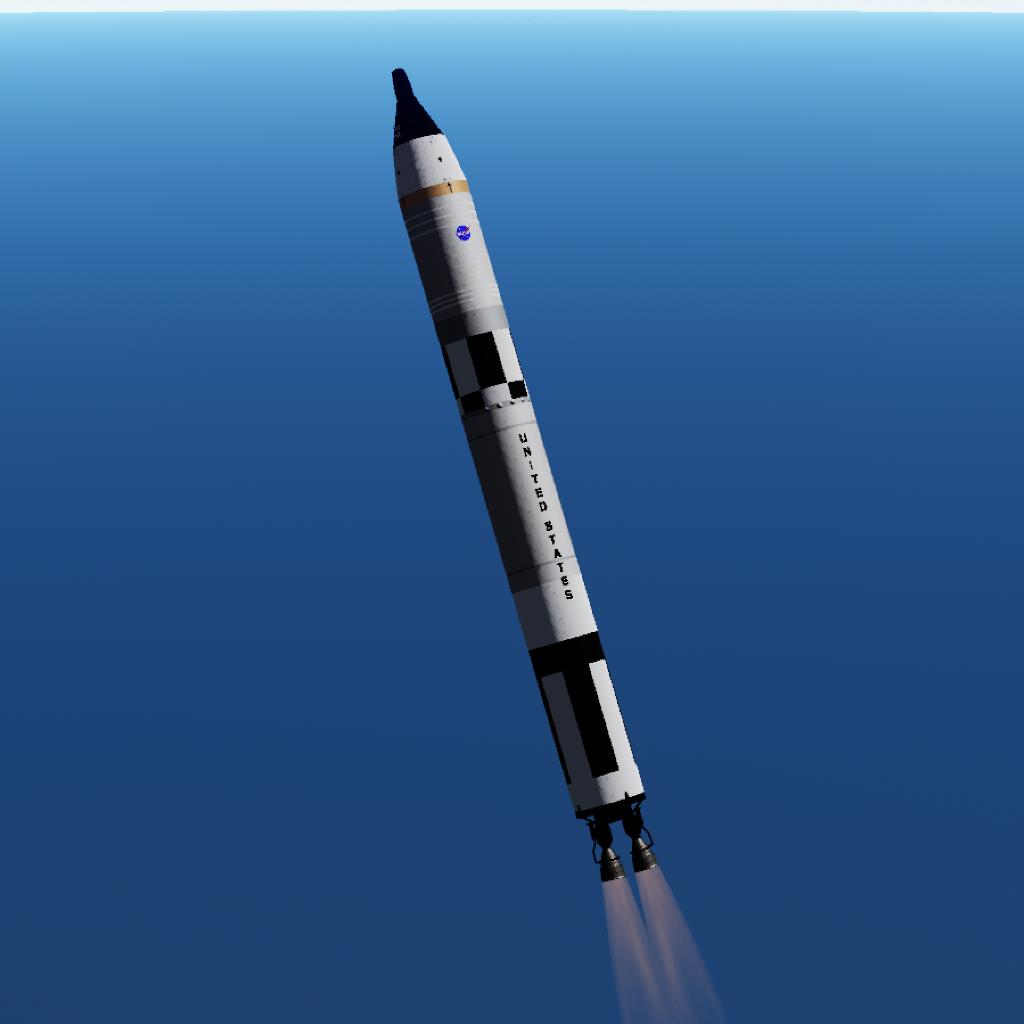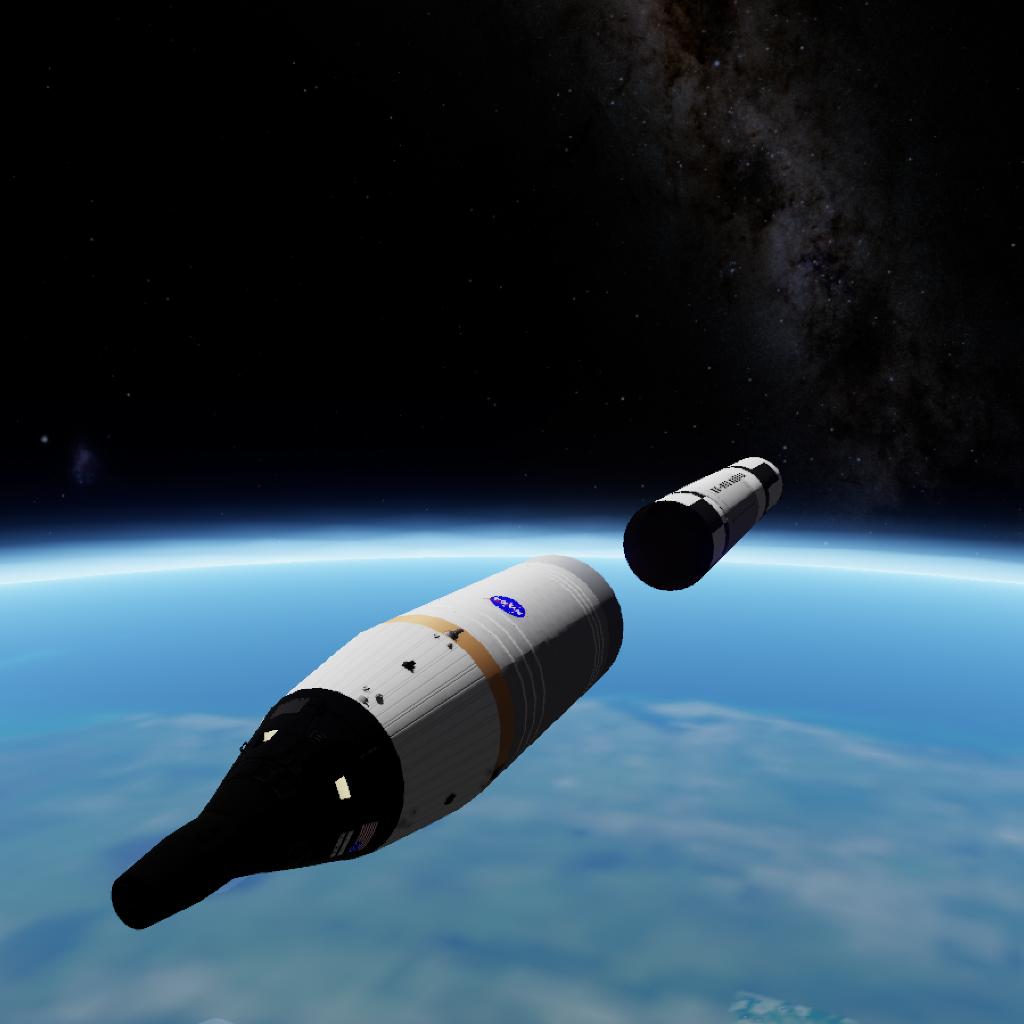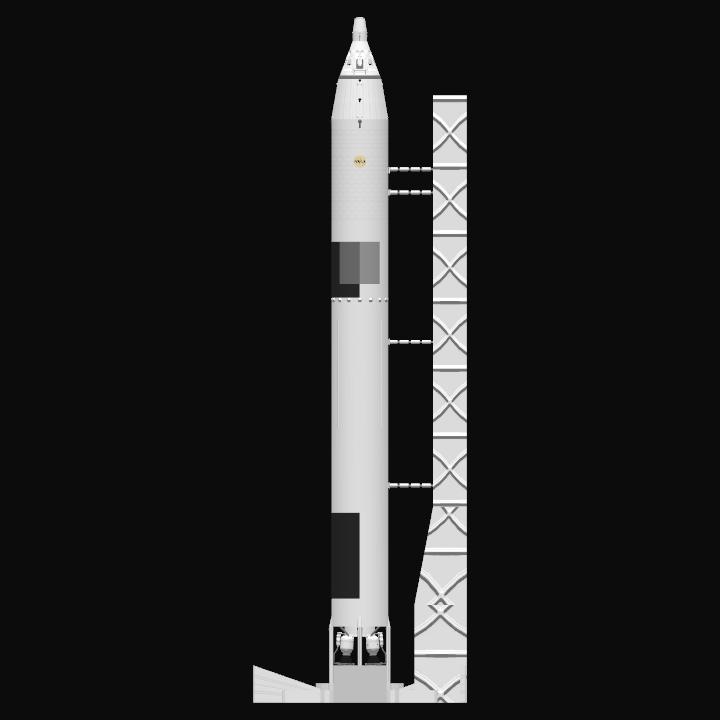The year is 1962. Mercury program has just succeeded in putting a man into Low Earth Orbit. John F. Kennedy, back then the president of the United States, gave his famous 'We choose to go to the Moon' speech, claiming that the United States could pull off a crewed mission to the Moon before the end of the decade. However, by that point, the United States didn't have nearly enough technology to even start planning. And that is how the Gemini program was born
It was concluded that to put a man on the Moon, several technlogies had to be developed, namely: on orbit maneuvering, advanced space capsules, rendezvous and docking, extravehicular activities, lunar surveying and mapping, and lunar landing demonstration. The latter two have been accomplished by the Surveyor program, but the former required a lot more effort. At the time, no human rated rocket could lift up enough mass to enable a capsule that would test everything that was required, NASA went to the Air Force, and ordered several SM-68B Titan II ICBMs. When slightly modified, these could loft around 3.5t to LEO.
This however was still not enough. Many weight saving measures had to be taken. One of them was not using a proper LES. The crew was provided with ejection seats, but those were only viable before max-Q, the first 50s of the flight. Many disliked this design solution, and Max Faget, an engineer responsible for designing the Mercury LES allegedly commented: "The best thing about Gemini is that they never had to make an escape". And indeed, it is questionable how helpful would these seats be should there be an emergency.
Gemini was, in the end, a very successful program. Gemini 3, piloted by Gus Grissom and John Young was the first American multicrew mission, and it also performed the first orbital maneuvre in history. Gemini 4 (James McDivitt, Ed White) was the first time an American performed a spacewalk. Gemini 6A and Gemini 7 (Wally Schirra, Thomas Stafford / Frank Borman, Jim Lovell) performed the first rendezvous of two spacecraft in orbit, coming to 30cm within each other. Gemini 8 (Neil Armstrong, David Scott) performed the first docking in history, and also suffered a close call before reentry. In total, 13 Gemini missions were launched, 10 of which were crewed. The technology developed during the program was critical for the Apollo program later in the decade, and allowed NASA to fulfill JFK's promise to leave an American flag on the lunar surface in 1969. Many Gemini astronauts later participated in the Apollo program.
Gemini 1 - (/) - 1964 / Apr / 8
Gemini 2 - (/) - 1965 / Jan / 19
Gemini 3 - (Grissom, Young) - 1965 / Mar / 23
Gemini 4 - (McDivitt, White) - 1965 / Jun / 3
Gemini 5 - (Cooper, Conrad) - 1965 / Aug / 21
Gemini 7 - (Borman, Lovell) - 1965 / Dec / 4
Gemini 6A - (Schirra, Stafford) - 1965 / Dec / 15
Gemini 8 - (Armstrong, Scott) - 1966 / Mar / 16
Gemini 9A - (See, Bassett) - 1966 / Jun / 3
Gemini 10 - (Young, Collins) - 1966 / Jul / 18
Gemini 11 - (Conrad, Gordon) - 1966 / Sep / 12
Gemini 12 - (Lovell, Aldrin) - 1966 / Nov / 11
PS. Missions ending with 'A' (6A, 9A) were flown by the backup crew
GENERAL INFO
- Created On: Windows
- Game Version: 1.3.204.1
- Price: $9,834k
- Number of Parts: 160
- Dimensions: 37 m x 11 m x 11 m
PERFORMANCE
- Total Delta V: 10.2km/s
- Total Thrust: 3.1MN
- Engines: 10
- Wet Mass: 1.53E+5kg
- Dry Mass: 24,700kg
STAGES
| Stage | Engines | Delta V | Thrust | Burn | Mass |
|---|---|---|---|---|---|
| 1 | 2 | 4.5km/s | 2.5MN | 2.6m | 1.53E+5kg |
| 3 | 1 | 5.2km/s | 544kN | 2.4m | 27,273kg |
| 4 | 2 | 284m/s | 23kN | 40s | 3,547kg |
| 5 | 4 | 253m/s | 22kN | 33s | 3,045kg |









cool, great work